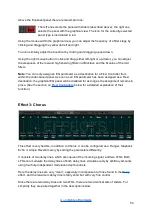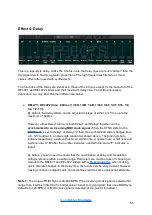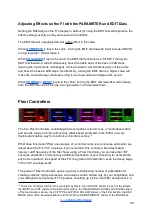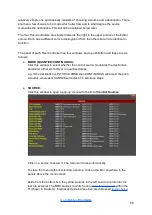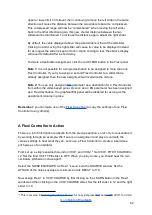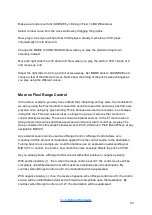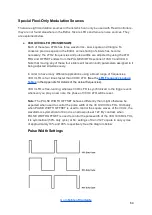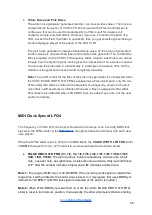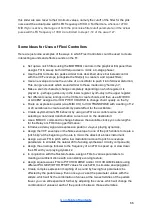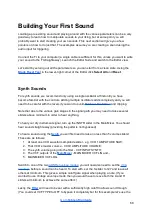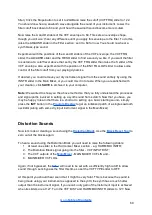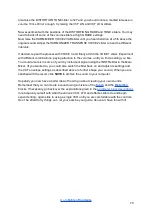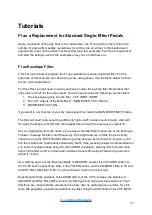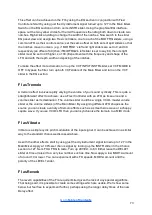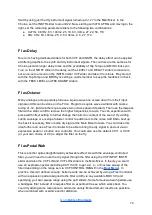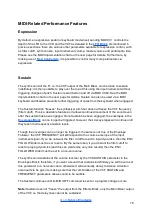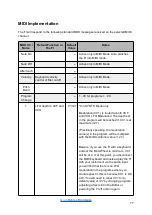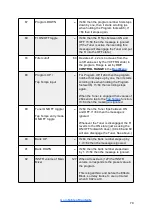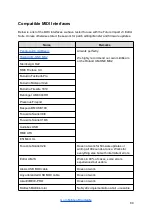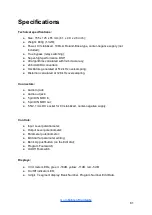
Building Your First Sound
Loading a pre-existing sound and playing around with the various parameters can be a very
good way to learn how to manipulate sounds to your liking, but at some point you will
probably want to start creating your own sounds. This next section will give you a few
pointers on how to do just that. The examples assume you are creating a sound using the
audio input for triggering.
Connect the FI to your computer (a single cable is sufficient for this, unless you want to write
your sound to the FI straightaway). Launch the Editor Suite and switch to the Editor view.
Let’s start by zeroing out all the parameters so you can start from a clean slate. Using the
in the lower-right corner of the Editor click
Select All
and
Reset
.
Synth Sounds
For synth sounds, we recommend only using a single oscillator at first until you have
become familiar with the controls. Adding multiple oscillators adds complexity and you will
need to be careful with the levels if you want to avoid
and clipping.
Note that due to the various gain stages in the signal path you may need to raise several
sliders above minimum in order to hear anything.
To hear your dry instrument signal, turn up the INSTR slider in the Main Mixer. You should
hear sound straight away (providing the pedal is not bypassed).
To hear a sound using the
you will first need to raise no less than 5 volume sliders!
These are as follows:
1. At least one VCO waveform amplitude slider - e.g. VCO1 AMPLITUDE SAW;
2. That VCO’s master volume - VCO1 AMPLITUDE VOLUME;
3. The synth volume going into the filter - VCF INPUT SYNTH;
4. The VCF outputs of the
- MAIN MIXER VCF LIN
and...
5. MAIN MIXER VCF LOG.
Switch to one of the two
; you will now also need to set the
before a sound can be heard. To start with, set the S slider to 127 and leave all
others at minimum. This gives a simple on/off gate signal when playing a note. (If you
wanted to use Vintage envelope mode then you would have to leave both the A and R
sliders at minimum to achieve the same effect.)
Lastly, the
will need to be set with a sufficiently high cutoff to allow sound through.
(You could set VCF TYPE to OFF to bypass it completely but for this example let’s use the
68

